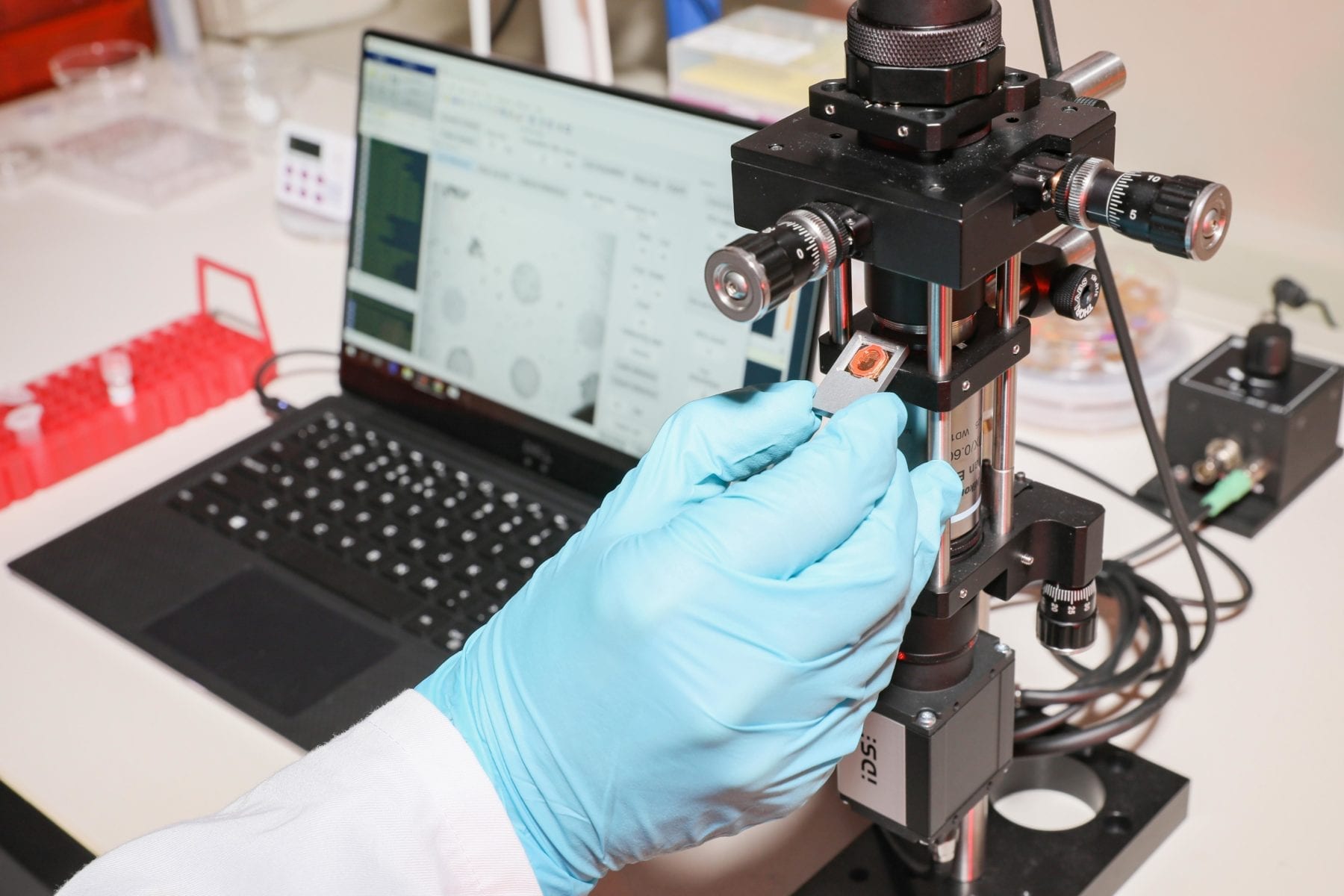Lauren Kokai, Ph.D., (left) developed the technology used for this project when she was a graduate studying under Kacey Marra, Ph.D., (right)
The Latest Updates from Bing News & Google News
Go deeper with Bing News on:
Nerve damage
- Gerrit Cole could soon face live batters in massive step in injury recovery
Assuming he recovers well from Saturday, Cole’s next step could be facing hitters in live batting practice for the first time since he was shut down in March with elbow nerve inflammation and edema.
- What is peripheral neuropathy?
Metabolic changes caused by uncontrolled diabetes can damage the walls of the tiny blood vessels that supply oxygen and nutrients to the nerves at the ends of the hands and feet and the essential ...
- Carmella Discusses Nerve Damage Post-Childbirth and Her Eagerness to Wrestle Again
Following the joy of childbirth, professional wrestler Carmella faces the challenge of an injury that occurred during the process, delaying her comeback to the squared circle. During an appearance on ...
- Carmella Reveals Injury She’s Been Dealing With Since Childbirth, Still Wants To Return To The Ring
Carmella reveals she’s dealing with an injury she suffered during childbirth, which is preventing her from returning to the ring right now. WWE Superstar Carmella was a recent guest on The Nikki & ...
- Nerve Shield Pro Review: I Tried It! – Does This Nerve Pain Relief Supplement Really Work?
Is Nerve Shield Pro the real deal for nerve pain relief? Read my honest review and results after three months of trying it out. Find out now!
Go deeper with Google Headlines on:
Nerve damage
[google_news title=”” keyword=”nerve damage” num_posts=”5″ blurb_length=”0″ show_thumb=”left”]
Go deeper with Bing News on:
Nerve regeneration
- How Neurobion Forte can help in treating neuropathy and nerve pain
A potent supplement called Neurobion Forte is made to supply vital nutrients that support nerve function and contribute to general health maintenance.
- Nerve Shield Pro Review: I Tried It! – Does This Nerve Pain Relief Supplement Really Work?
Is Nerve Shield Pro the real deal for nerve pain relief? Read my honest review and results after three months of trying it out. Find out now!
- ProNerve6 Reviews - Could Enhance Nerve Health? (Must Read!)
ProNerve6 could also help injured nerves regenerate and heal. The ProNerve6 offers a natural approach to enhancing nerve function and reducing neuropathic pain by targeting the root cause of nerve ...
- Neurobiology of Peripheral Nerve Regeneration
He summarises current basic ideas about the molecular mechanisms involved in both nerve degeneration and regeneration and what approaches can be used to address it experimentally. Heavily illustrated ...
- Retinoic acid in the development, regeneration and maintenance of the nervous system
Elevated RA signalling in the adult triggers axon outgrowth and, consequently, nerve regeneration. RA is also involved in the maintenance of the differentiated state of adult neurons, and ...
Go deeper with Google Headlines on:
Nerve regeneration
[google_news title=”” keyword=”nerve regeneration” num_posts=”5″ blurb_length=”0″ show_thumb=”left”]











